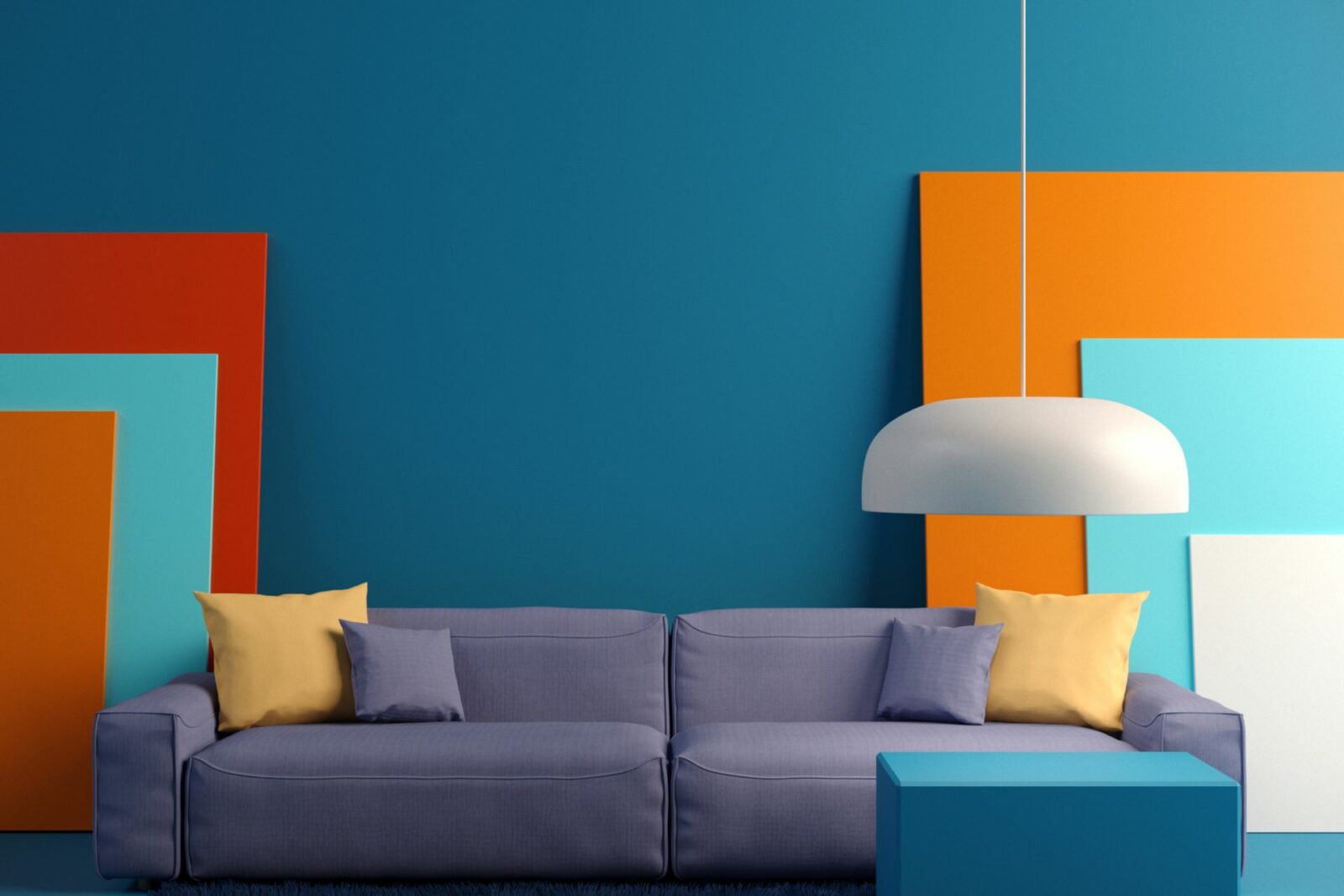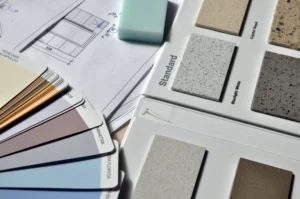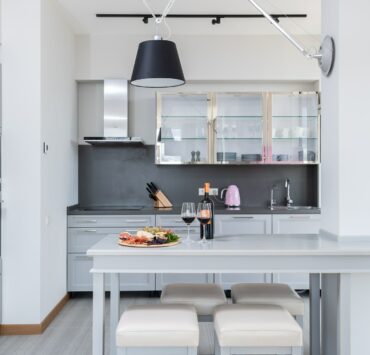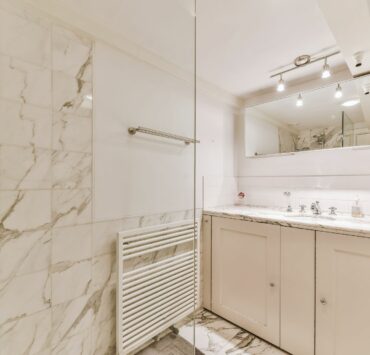There are so many creative aspects that go into a successful home renovation. One of these aspects utilizes the transformative power of color and lighting. By understanding the powerful impact home renovation color and lighting elements have on the overall ambiance and mood, you can create a home that not only looks stunning but also caters to your emotional well-being.
If you have plans on renovating your home, or are looking for tips and guides on how to go about it, keep reading. This article will take you through color psychology in interior design, color theory in home remodeling, the importance of lighting & lighting techniques for home renovation, and practical tips to help you maximize the success of your home renovation project.
The Psychology of Color
When it comes to color in your home, never underestimate how much influence it will have in shaping the look and feel of a space, as well as your mood. The effect may be subtle but it is significant. With that said, choose colors accordingly and leverage it to your advantage. Align the intended function of any space with the right color scheme.
For instance, a sunroom would work wonderfully with an earthy color palette of yellow, terracotta and muted orange to compliment the brightness and warmth that the room serves to bring. Or imagine a bathroom painted in soothing shades of blue, evoking a serene atmosphere that encourages relaxation and tranquility during your bathing rituals.
By making thoughtful color choices, you not only enhance the overall ambiance of your home but also significantly impact the well-being of its occupants.
Embrace the fascinating world of color psychology in your renovation efforts and let it guide you towards creating a living space that truly resonates with you and your loved ones.
Color Theory and Combinations
We can’t stress enough the significance of understanding color theory when embarking on any design project. The color wheel serves as an indispensable guide for identifying complementary, analogous, and triadic color schemes that can bring your space to life.
The right color combinations can dramatically influence the mood and atmosphere of a room, setting the stage for an unforgettable experience. For example, opting for a neutral color scheme in bedrooms creates a soothing environment that promotes relaxation and restful sleep.
When selecting colors for your space, consider the room’s function and desired ambiance to ensure a harmonious and visually appealing outcome. Embrace the power of color theory, and let it be your compass as you navigate throughout various interior design decisions.
The Importance of Lighting
Lighting plays a vital role in creating ambiance and setting the mood in any space. It can emphasize specific areas, highlight architectural features, and create a sense of depth and dimension. Well-planned lighting can transform a room from dull and uninspiring to warm and inviting, so it’s essential to consider both the quality and quantity of light in your home renovation.
Types of Lighting
There are three main types of lighting to consider in your renovation project:
- Ambient lighting which is used to light up an entire space.
- Task lighting which is used to focus or highlight specific areas and illuminate an area for a specific task. These can be overhead dining table pendants, or strip lights along your kitchen counter for food prep.
- Accent lighting is used to highlight specific spaces like a spotlight bringing attention to a family photo wall.
By knowing the different types of lighting you have available to you, you can mix and match and layer the lights accordingly.
Lighting Techniques
Creative and functional lighting techniques can enhance a room’s design and create a visually appealing atmosphere. For instance, you can use wall sconces, pendant lights, or recessed lights to create a cozy ambiance in a living room or bedroom. In the kitchen, under-cabinet lighting can illuminate countertops, making it easier to prepare meals, while track lighting can highlight artwork or architectural features.
Integrating Color and Lighting
A cohesive and visually appealing space can be achieved by integrating color and lighting elements. For example, choose lighting fixtures that complement your color scheme, or use colored light bulbs to create a specific mood. You can also paint your walls in lighter shades to maximize the impact of natural light or use mirrors and other reflective surfaces to bounce light around the room.
A pro tip from George Oliphant, host of Emmy award-winning home improvement show ‘George to the Rescue’, was to test colors in your home throughout multiple spots. He shared with NBC New York that doing so will allow you to see how the color changes with natural light and in different kinds of weather. This in turn will show you how light changes color and how it affects a space.
Mistakes to Avoid
Common pitfalls in color and lighting selection include choosing overly bold colors, neglecting the importance of natural light, and relying solely on a single light source. To avoid these issues, consider testing paint colors in different lighting conditions, making use of window treatments to control natural light, and incorporating a mix of lighting types to create a balanced and functional space.
Sustainability and Energy Efficiency
When renovating your home, it’s essential to consider the environmental impact and long-term energy efficiency of your choices. Opting for energy-efficient lighting options, such as LED bulbs or smart lighting systems, can significantly reduce your energy consumption and lower your utility bills. Additionally, choosing sustainable materials like low VOC (volatile organic compounds) paint and eco-friendly flooring can contribute to a healthier indoor environment and reduce the overall carbon footprint of your renovation project.
Conclusion
The transformative impact of color on home interiors and lighting cannot be underestimated when it comes to maximizing the success of your home renovation. By understanding the psychology of color, applying the principles of color theory in home remodeling, and giving due importance to lighting, you can create a visually appealing and emotionally supportive living space. Remember to consider sustainability and energy efficiency in your choices to create a home that is both beautiful and environmentally responsible. With these tips in mind, you’re well on your way to achieving a truly successful home renovation.








